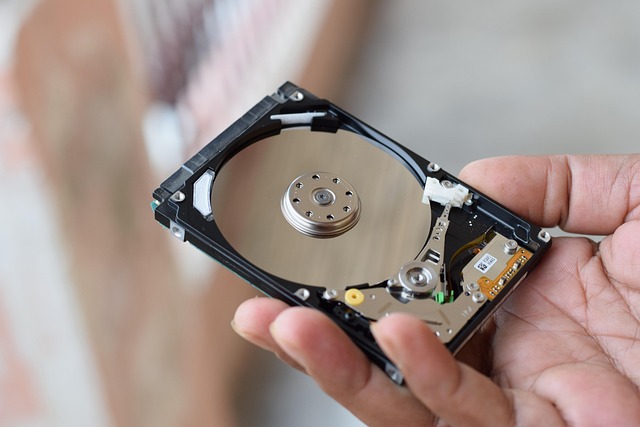
Demystifying Data Access Strategies in IT: A Deep Dive into Information Technology Hardware
In the ever-evolving landscape of information technology, the importance of effective data access strategies cannot be overstated. IT professionals and organizations crave a streamlined approach to accessing and managing data, whether it’s stored on-premises, in the cloud, or in hybrid environments. With data volumes growing exponentially, understanding the hardware that supports these access strategies is crucial for optimizing performance and ensuring security.
At the heart of every efficient data access strategy lies robust hardware. Servers, storage systems, and networking equipment play a pivotal role in how quickly and reliably data can be retrieved and utilized. For instance, modern servers are designed to handle vast amounts of data, equipped with high-speed processors and generous RAM, allowing for quick access and real-time data processing.
Equally significant is the array of storage solutions available today. Solid-state drives (SSDs) have revolutionized data access speeds compared to traditional hard disk drives (HDDs). The rapid read and write capabilities of SSDs make them ideal for applications requiring low latency and high throughput. Consequently, data accessibility improves substantially, facilitating a more agile business environment.
Networking hardware is another key player in the accessibility equation. Routers, switches, and other networking devices need to be optimized to handle the increased traffic caused by demands for real-time data access. Implementing advanced networking technologies, such as 10Gbps Ethernet or fiber optics, can significantly enhance data transfer rates, leading to faster access times and less downtime.
Moreover, the rise of virtualization is changing how IT professionals view hardware in relation to data access. Virtual machines (VMs) allow for resource optimization by running multiple systems on a single physical server. This not only maximizes hardware utilization but also improves accessibility by allowing on-demand access to data and applications from anywhere in the organization.
Organizations must also consider the security implications of their data access strategies. As cyber threats become increasingly sophisticated, investing in hardware that supports advanced security features, such as encryption and intrusion detection, is paramount. Firewalls and secure gateways need to be part of the infrastructure to ensure that data remains accessible only to authorized users.
In this dynamic environment, staying ahead of trends in information technology hardware can give organizations a competitive edge. Implementing cutting-edge solutions that enhance data access while ensuring security and performance will ultimately lead to better data management and more informed decision-making.
The future of IT hardware and data access is exciting, with ongoing innovations paving the way. Whether it’s through advancements in cloud computing, the development of smarter storage solutions, or the integration of artificial intelligence, the quest for seamless and efficient data access is a journey that IT professionals will continue to navigate.



